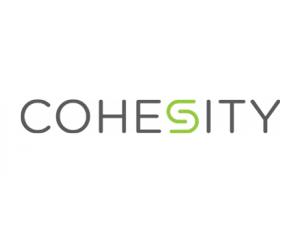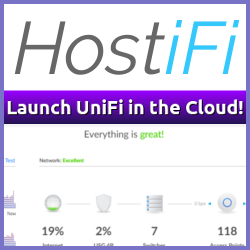Back in February 2016 I published my goals for 2016, and it’s time to review that list:
Working with the keyboard to move resize, focus and arrange your applications is a great productivity tip. When I changed from Windows to macOS a few years ago, I had a pretty convoluted setup based on Slate for managing keyboard shortcuts, especially for moving applications around, but this has since been simplified by using Spectacle instead of Slate.
I have given the site a small facelift, replacing the old theme with a new and cleaner version. For some reason, I get this “theme itch” a couple of times a year, but usually I manage to let it pass without doing many changes.
This time it stuck with me though, and ended up with replacing the old theme with a new one. In fact, the old theme had been active for close to two years now, so it was time to shake things up a bit any way. The new theme gives the site a fresh and in my opinion better look. The double menus in the header makes it look more organised, and less cluttered and the static navigation header is something I’ve wanted to have for a long time now.
Recent conversations with existing and potential clients made me realize that many are not aware that they most likely are entitled to use VMware vRealize Log Insight in their environment. For free.
Back in March 2016 VMware announced that everyone with a valid VMware vCenter license are also entitled to 25-OSI pack of vRealize Log Insight for vCenter Server. This means that you can gather logs for up to 25 ESXi hosts, VMs or other devices, in your environment.
Both in 2014 and in 2015 I wrote pieces on the current status of VMware vSAN, and it’s time to revisit it for 2016.
My previous posts:
2014: VSAN: The Unspoken Future 2015: VMware VSAN: More than meets the eye.
vSAN 6.5 was released with vSphere 6.5, and brings a few new features to the table:

A few weeks back Cohesity gave me access to a lab environment, where I could play around with their HyperConverged Secondary Data solution. For those unaware of their offering entails, it’s simply put a solution for managing secondary storage. In this case, secondary storage is really everything that isn’t mission critical. It can be your backups, test/dev workloads, file shares and so on . The idea to place these unstructured data sets on a secondary storage platform, to ease management and analytics but at the same time keep it integrated with the rest of the existing environment. It’s a Distributed scale-out platform, with a pay-as-you-grow model.
Currently Cohesity supports both SMB and NFS as data entry points, and it also supports acting as a front-end for Google Cloud Storage Nearline, Microsoft Azure, Amazon S3 and Glacier.
The 2016 Nordic VMUG UserCon in Copenhagen, Denmark, is just 11 days away, and if you haven’t registered already now is the time to do so. #
As usual the speaker lineup for the event is awesome, with a lot of the usual suspects like Duncan Epping (VMware), Cormac Hogan (VMware), Lee Dilworth (VMware), and Frank Denneman (VMware), but VMware is also showing it’s commitment to VMUG by sending some non-europeans as well, like Grant Orchard and_ Mike Foley_. This, coupled with “local” speakers like Michael Ryom, Nicolai Sandager and Marteinn Sigurdsson this promises to be every bit as awesome as the event was last year.
About
vNinja.net is the online hub of Christian Mohn and Stine Elise Larsen.
The site primarily focuses on IT architecture and data center technologies, with a strong emphasis on virtualization and related topics.While the main content revolves around these areas, you'll also find a range of other subjects covered from time to time, reflecting the interests of authors.



